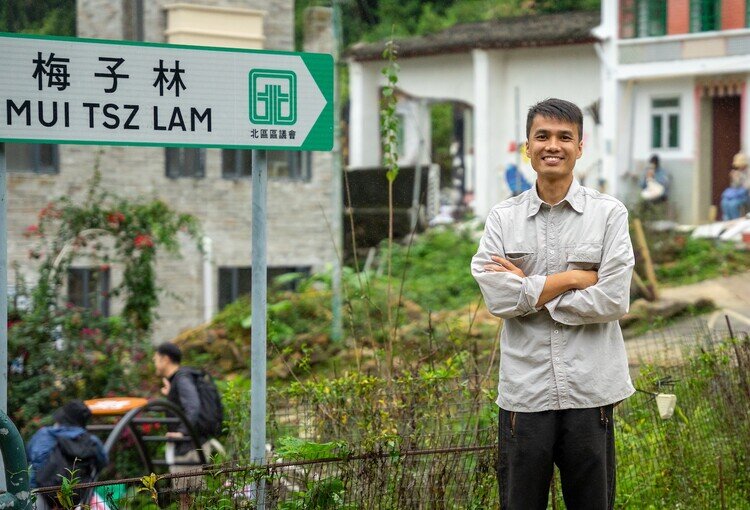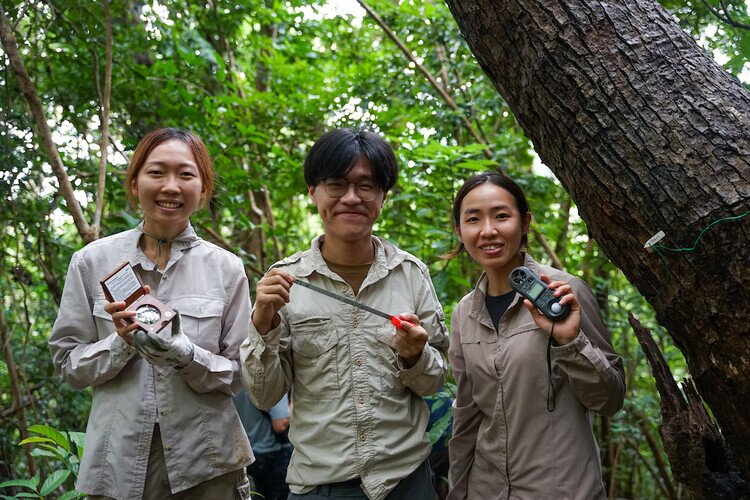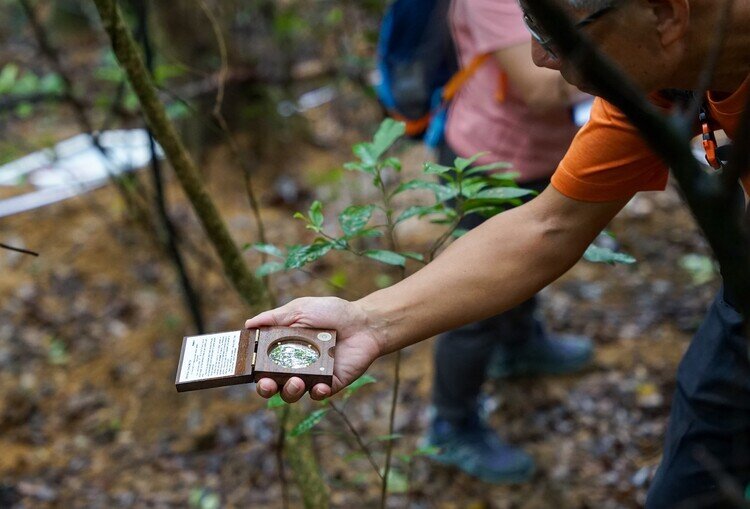Revitalising Hong Kong’s Abandoned Villages – Mui Tsz Lam & Kop Tong
There are more than 600 recognised villages scattered around Hong Kong that have been in existence since at least 1898. Most are inhabited, rural communities with a mix of old and new buildings and are a living link to the history and cultural heritage of the past.

But some, mainly smaller and more remote ones, were abandoned long ago as the last residents either moved away or died, and the houses were simply subsumed by vegetation. In some cases, there is little left while a few others are being rediscovered as part of long-term revitalisation projects.
Mui Tsz Lam is a Hakka village that is over 300 years old and it is part of a sustainable village programme along with its neighbour Kop Tong. Situated upland in a wooded valley in the north-eastern New Territories, it is a 20-minute walk from the more well-known walled village of Lai Chi Wo which has already been revitalised by the Centre for Civil Society and Governance at the University of Hong Kong.
Adopting the revitalisation cluster as the scaling up strategy, the centre expands its effort from Lai Chi Wo and has now also taken on the Mui Tsz Lam and Kop Tong project with funding from the Countryside Conservation Office (CCO) under the Forest Village Programme with the aim of bringing Mui Tsz Lam and Kop Tong back to life.



“So the ultimate goal of the project is, of course, to make the village more sustainable,” said Mr. Ryan Leung, Senior Project Officer, for the Centre of Civil Society and Governance at the Faculty of Social Sciences. “So with our project initiatives, we do a lot of testing and trials. And then later on, with the success of the trials, the villagers could pick up what we started and make the whole village sustainable in the long run.”
To involve the public in aspects of the project, the centre has partnered with the Association for Sha Tau Kok Culture and Ecology, Outdoor Wildlife Learning Hong Kong, and the Hong Kong Tree Society. One of these schemes is the Citizen Scientists programme that aims to teach people basic science skills that they can use to study the surrounding environment.
“In this programme,” said Mr. Leung, “we try to engage members of the public to come into the village and contribute their time and skills in collecting data for the longer-term monitoring of our forests in the village.”
Mui Tsz Lam got its name from the “Plum Grove” around the village. A flat terrace in front of the village has been replanted with fruit trees. While uphill, behind the village, the team has discovered that an intact and mature feng shui forest holds more carbon than the younger secondary forest nearby. The project is also restoring old village trails, conducting nature and cultural conservation, and will establish an environmentally friendly camp site in the future.
Professor Stephen Tang, Head of the CCO, believes it is essential to preserve and revitalise Hong Kong’s abandoned villages.
“The rural villages have a totally different character, environment, and culture from the urban areas,” Mr Tang said. “For a city to be rich in culture It must have a diversity. The rural environment provides such diversity for the whole community.”

